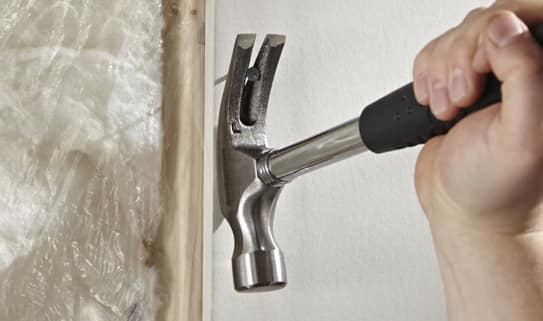Triangle® Mastercard® $150 Bonus CT Money®††. New Cardmembers only. Conditions Apply. Ends May 31.
Learn MoreEarn CT Money®* at Petro-Canada™ and Gas+ this long weekend when you fuel up with Triangle Rewards®. *Conditions apply.
Learn MoreThis paragraph should be hidden.
How to choose a hammer
Hammers are the workhorse of the toolbox, taking the brunt of our projects — literally. There are several things to consider when choosing the right hammer for the job.


- TYPES
- FEATURES
Brick hammer
In addition to a square, blunt side for breaking large pieces of brick or stone, a brick hammer also has a blade on one side that’s shaped like a chisel. This allows you to chip smaller pieces with more precision. This kind of hammer is ideal for landscaping projects.Different projects require different hammers.
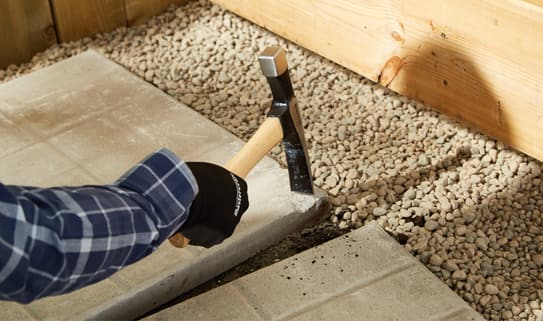
Ballpein hammer
Sometimes called a machinists hammer, ballpein hammers are used for shaping metal. One half of the head is blunt while the other is rounded. They can be used to fix dents.
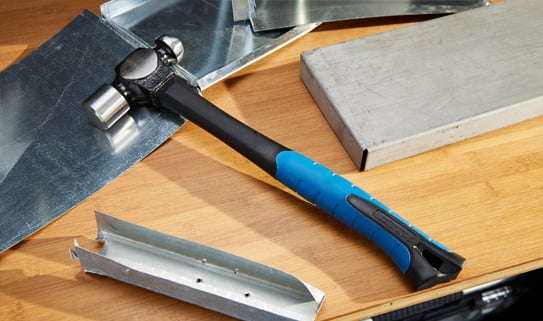
Rubber mallet
The large rubber head on this tool makes it ideal for tapping flooring into place, assembling furniture without denting the material and driving stakes into the ground while camping.
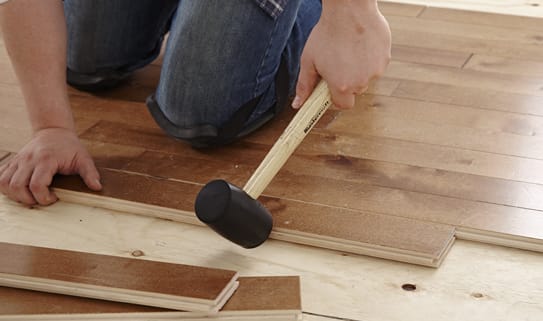
Dead blow mallet
The hull of a deadblow mallet is filled with metal beads, which helps minimize the kickback. This is useful when working in tight places.
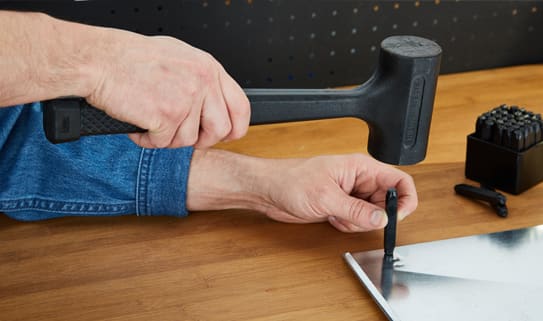
Stubby hammer
If you need to get into small spaces, a stubby hammer will help you get the job done.
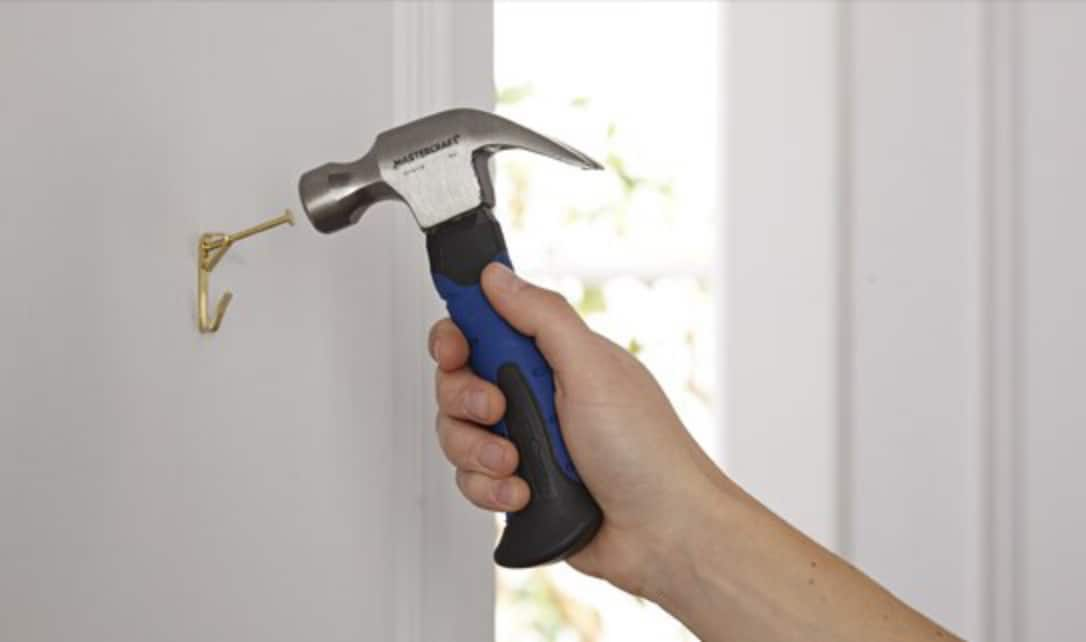
Flatbar hammers
Flatbar hammers are lighter, so you can swing it harder with less effort and drive the nail in easier.
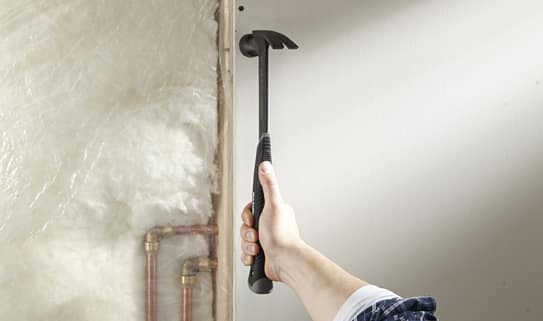
Nail starter
A magnetic groove on the top of the hammer holds the nail and allows you to set nails with only one hand.
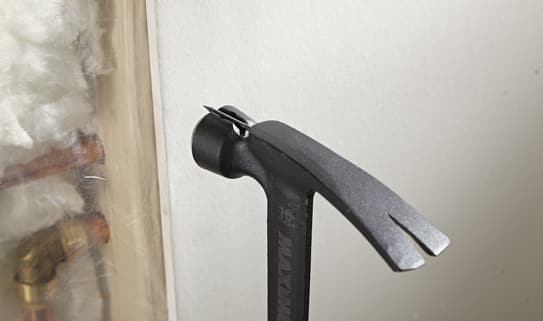
Weight
Most hammers are available in 16, 20 and 22 ounces. Choose the weight that feels most comfortable to you.

Handles
While wood handles are the traditional choice, fiberglass handles are stronger than wood, offering a little extra flexibility before they
would break under pressure. For the strongest option choose a one-piece steel hammer with a rubber grip.
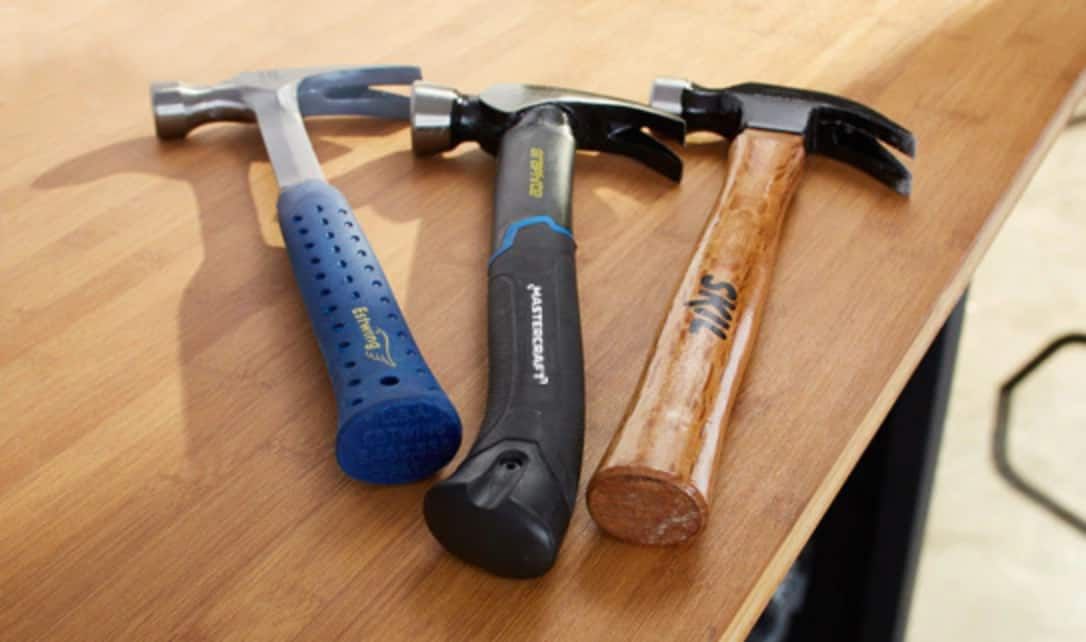
Claws
The claw, which is opposite from the blunt end, is either flat or curved. A flat claw is called a rip and a curved claw is simply called a claw. While both can be used to remove nails, rips are also handy to pry apart wood. Choose the one that feels best to you.
